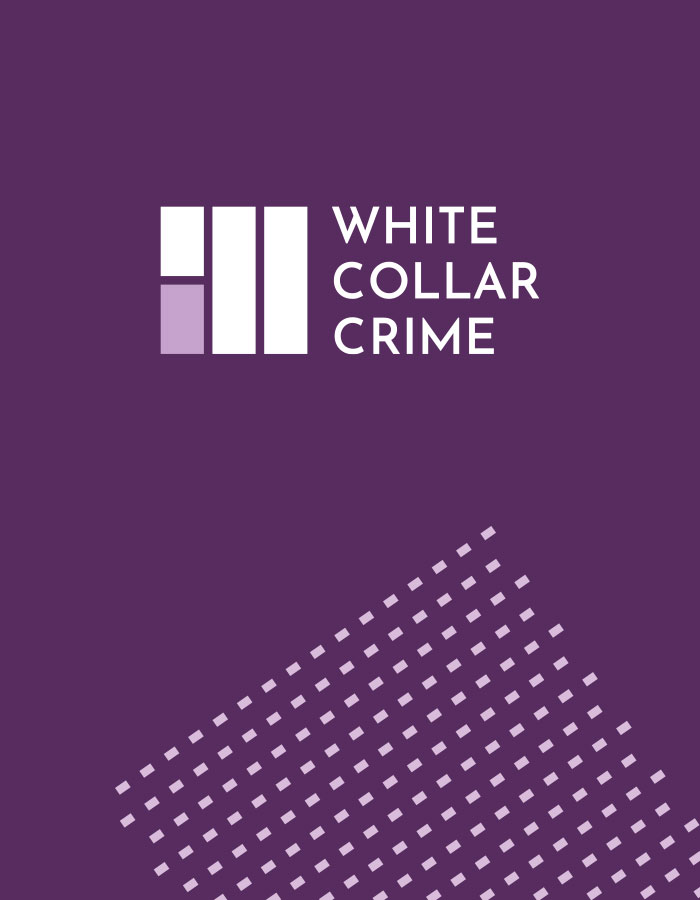Speed read: Jonathan Fisher QC analyses the suspicious reporting regime and the inundation of the National Crime Agency with reports which are often of little use in the anti-money laundering effort. Jonathan Fisher QC expounds two key reforms – raising the threshold for suspicion to report and widening the scope for ring-fencing monies derived from criminal conduct.
When the next Criminal Justice Bill is introduced into the new Parliament, a scythe needs to be taken to Part 7 of the Proceeds of Crime Act 2002 which governs the anti-money laundering suspicious activity reporting regime.
A few weeks ago, the National Crime Agency reported that it received a record number of 478,437 suspicious activity reports (SARs) last year. This is disproportionate to reporting levels in other European countries. According to Europol, the NCA received 47 SARs per €1 billion of assets in 2017, a rate 6 times higher than that of France and Germany.
Are businessmen in the UK pathologically more prone to criminal behaviour than the French or the Germans? Surely not.
What is more, as the Law Commission confirmed in its recent report on money laundering (June 2019, No. 384), there is real concern that many SARs are low quality in terms of criminal intelligence.
Amongst the list of reforms which need to be made, there are two which stand out.
The first relates to the threshold for making a SAR. A person must make a disclosure when he or she knows or suspects, or has reasonable grounds to suspect, that the benefit of criminal conduct is being handled. ‘Suspicion’ is the key word. The appellate courts have said that a person is suspicious when he or she recognises that the possible existence of criminal property is more than fanciful. But what does fanciful mean? The dictionary suggests it is something which is over-imaginative and unrealistic. On any view, suspicion has a low threshold.
With the threat of imprisonment for failure to report, it is no surprise the professional and business sectors have erred on the side of caution and submitted SARs where evidence of suspicion is thin, and the quality of criminal intelligence is low.
The Law Commission recommends the issuance of guidance to clarify what is meant by suspicion, but it has shied away from suggesting the inclusion of a statutory definition. This is a mistake. The failure to define the meaning of suspicion precipitates an enormous degree of elasticity in the application of the criminal offences. In consideration of their role as unpaid and compelled informers, Parliament should offer the professional and business sectors some certainty.
There is a workable definition of suspicion in US law. This defines suspicion as (a) specific and articulable facts; (b) from which rational, specific and articulable inferences can be drawn; (c) which indicate the possibility that a state of affairs may exist; (d) accompanied by a realisation by a person that the state of affairs may exist.
The second reform involves greater recognition of the scope for ring-fencing monies derived from criminal conduct.
At present, for the purposes of the money laundering offences, criminal property is defined as a person’s benefit from criminal conduct or it represents such a benefit (in whole or part and whether directly or indirectly). The key words here are ‘[in] part’ and ‘indirectly’. This means that if monies flowing from a contract obtained after payment of a bribe are mixed with monies flowing from other contracts lawfully obtained, the total amount of money in the company’s bank account will be stigmatized as criminal property.
Suppose it is possible, with forensic accounting assistance, to calculate how much money in the mixed funds account represents the benefit of the illegally obtained contract, and how much money does not. Does the law permit the ring-fencing of the tainted funds, by removing the balance of the monies into a separate account?
A purist would say “no”. Technically, the act of separation itself constitutes the handling of criminal property, and in its ring-fenced form, the legitimately obtained money would now be stigmatized as representing criminal property. The concept of fungibility has a role to play here. Since money retained in a bank account is interchangeable for the purposes of withdrawal, the legitimately obtained part of the monies making up the total is indistinguishable from the illegitimately obtained part.
The outcome flies in the face of common sense. The fight against financial crime will not be assisted by informing the NCA about the existence of legitimately obtained monies.
The Law Commission has recommended a statutory amendment to permit ring-fencing of contaminated monies in a mixed fund, but only for those working in the banking sector.
This is a step in the right direction, and it would be sensible for the exemption from criminal liability to apply more widely. The exemption for ring-fencing should not be the preserve of a chosen few.
A summary of this article was published in The Brief on 13 December 2019.







